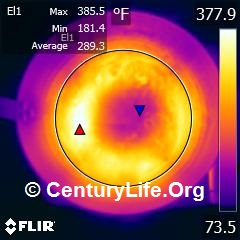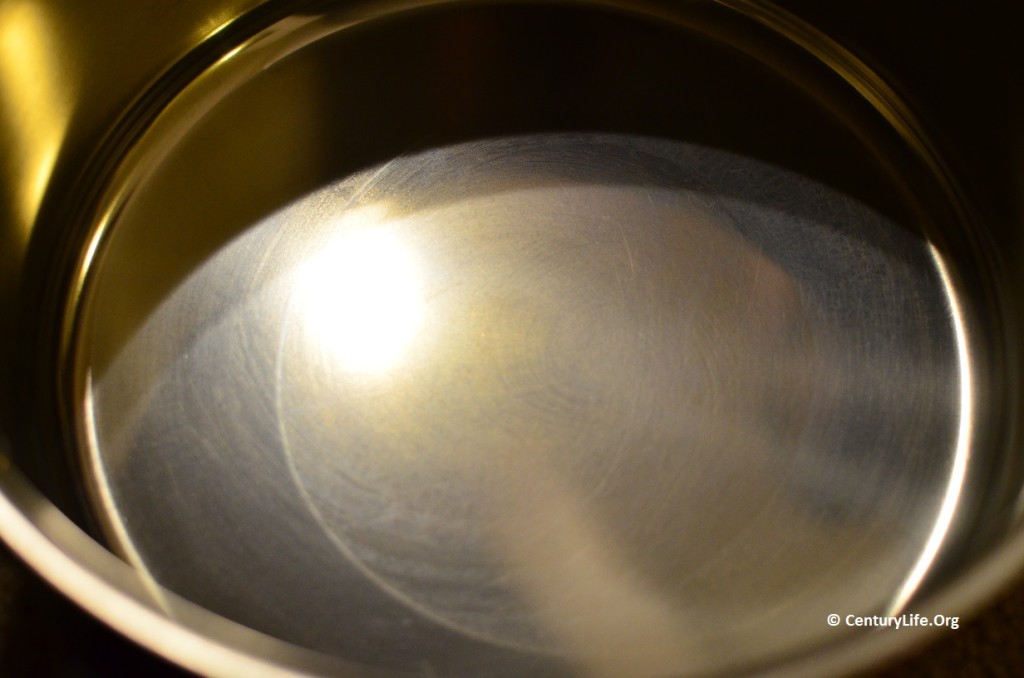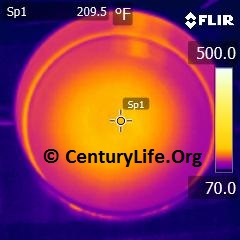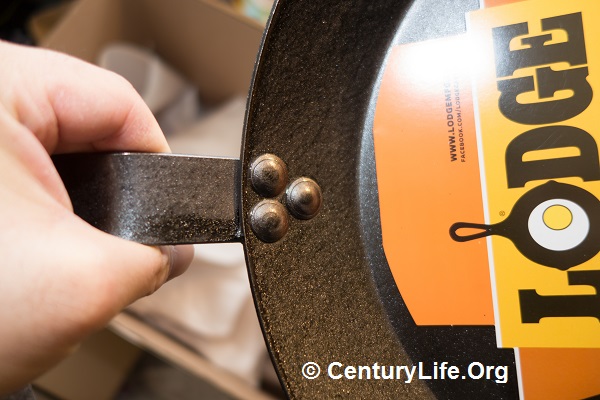
For electric coil/induction/radiant/halogen rankings, please see Even Heating Rankings (Induction and Electric). For more details on testing methodology, see here.
EVERY COMPANY CLAIMS THAT THEIR COOKWARE IS EVEN-HEATING, BUT IS THAT TRUE?
The job of stovetop cookware is a) to smooth out the uneven heat coming from the burner underneath so that the entire cooking surface of the cookware is the same temperature; and b) to keep your food in the Maillard reaction temperature zone–not too hot and not too cold. If you have too much of an imbalance in temperatures, you wind up with hot or cold spots that can undermine your dish by leaving some food overcooked and some food undercooked. You may even scorch carcinogens into your food or produce carcinogenic smoke, if some hotspots grow hotter than the oil’s smoke point while you are waiting for non-hotspots to catch up in temperature. (Hotspotting is particularly troublesome on nonstick pans because you can overheat the hotspots when trying to bring up the temperature of the colder spots, and overheating PTFE/Teflon will permanently damage it and cause offgas.) If you’ve ever cooked fish where part of a fillet got overcooked while the rest was undercooked or made rice and had some undercooked while the rest burned, then you’ve already experienced the joy of uneven heating.
The larger the diameter of your cookware bottom relative to the diameter of the flame or heating element or induction coil, the bigger the uneven heating problem can be, since heat has to travel a longer distance to reach the sides.1


